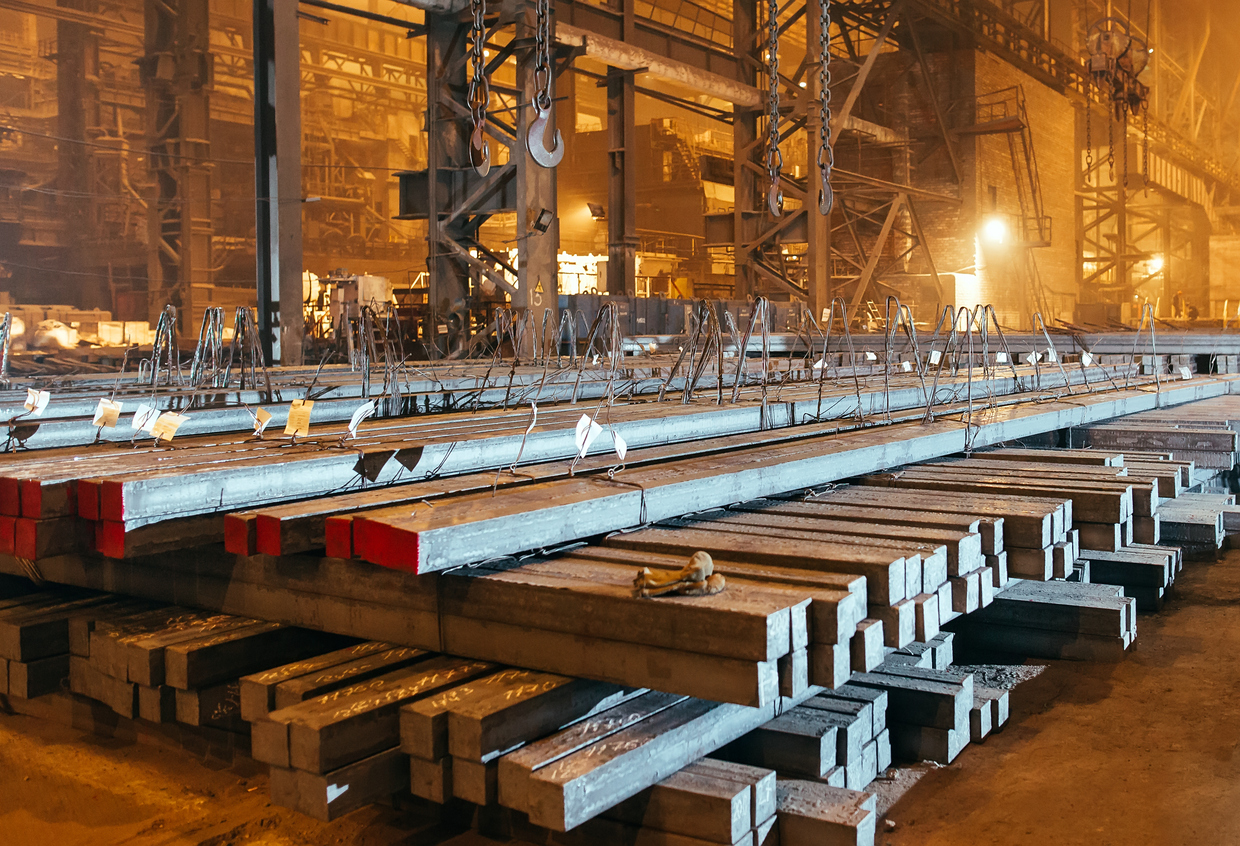
Stainless Benchmarks: Market Reality vs Industrial Fact
As the transitional phase of the EU Carbon Border Adjustment Mechanism (CBAM) continues, a critical question remains unanswered for European importers of stainless steel: what benchmark values will the European Commission apply to calculate CBAM as of January 2026?
Europe’s Specific Production Route
The core issue lies in how stainless steel is produced in Europe. Unlike carbon steel, which is still largely produced using basic oxygen furnaces (BOF), European stainless steel is made from recycled scrap using Electric Arc Furnaces (EAF).
Under the current CBAM framework, any scrap used as a feedstock is assigned zero emissions during processing. This results in an exceptionally low benchmark value of around 0.3 tCO₂ per tonne of stainless steel. A loophole that EU aluminium producers have already flagged, as detailed in this article published on Hydro’s site.
Despite stainless steel’s scrap-based nature, about 40% of the production outside the EU still relies on carbon-intensive routes: 30% comes from primary raw materials via blast furnace technologies – especially in key exporting countries across Asia – and 10% from Nickel Pig Iron (NPI) produced in Rotary Kiln Electric Furnace (RKEF) in China and Indonesia.
As such, imported stainless steel products – those made via BOF and, even more so, via RKEF – are likely to bear a disproportionately high CBAM cost if the EU opts for a benchmark based solely on EAF.
That said, such a benchmark would not be without justification, as the CBAM benchmark is, by design, intended to reflect the performance of the “best European performers”. In other words, the lowest-carbon production routes already in use within the EU.
A Stainless Steel Dilemma
And while EAF is clearly the cleanest option, it would be intellectually dishonest to assume that global demand can solely be met with scrap-based production. Scrap availability is inherently limited, so primary production remains indispensable in a growing economy.
This leads to a major policy dilemma for the EU:
- Should it adopt a low benchmark, reflecting Europe’s EAF-based production — thereby penalizing some non-EU producers with higher emissions, even though their production methods are necessary to meet global demand?
- Or should it adopt a higher benchmark, based on global production averages — softening the financial impact on imported stainless steel but weakening the climate signal?
For certain stainless steel products, the benchmark under discussion spans from 0.3 tCO₂/t (reflecting 100 % EAF-based production) up to 1.5 tCO₂/t (reflecting a global mix with 20–30 % BOF-based output — itself an environmentally optimistic share, since the BOF proportion has been artificially reduced). This very wide margin carries significant cost implications.
Two Concrete Examples
In 2026, each imported tonne of stainless steel with declared direct emissions of 3.8 tCO₂/t would be subject to the following CBAM tax:
(Direct Emissions – (Benchmark × CBAM factor)) × Carbon price
With the 2026-CBAM factor = 0.975 and the CBAM certificate price = € 85/tCO₂.
Option 1: Benchmark = 0.3 tCO₂/t (100 % EAF)
- Adjusted benchmark in 2026 = 0.3 × 0.975 = 2925 tCO₂
- Difference = 3.8 – 0.2925 = 5075 tCO₂
- CBAM cost = 3.5075 × € 85 = € 298.14 per tonne
Option 2: Benchmark = 1.5 tCO₂/t (global mix with 20–30 % BOF)
- Adjusted benchmark in 2026 = 1.5 × 0.975 = 4625 tCO₂
- Difference = 3.8 – 1.4625 = 3375 tCO₂
- CBAM cost = 2.3375 × € 85 = € 198.69 per tonne
The spread between the two scenarios is € 100 per tonne, highlighting the substantial financial impact of the final benchmark choice.
Decision Deferred, Market Fever Rises
As of today, the Commission has not yet indicated which benchmark approach will be adopted for stainless steel during CBAM’s definitive phase. This uncertainty makes it nearly impossible for importers to accurately assess their future carbon cost exposure.
The issue is particularly acute for stainless steel — far more so than for carbon steel — due to the stark contrast between European production methods (clean, EAF-based) and those used by some major Asian producers (often more carbon-intensive).
Until an official benchmark is published, importers will have to continue navigating without clear cost projections. As such, we have called upon the Commission to urgently clarify its position and engage with stakeholders to ensure the benchmark reflects both climate goals and industrial realities and to:
- Provide an early release of temporary benchmark and default values—ideally by June 2025—to give importers time to plan and avoid disruptions.
- Consider 2026 benchmarks as transitional to ease the initial impact.
- Set default values at realistic but non-punitive levels to manage risks when verified emissions data is still unavailable.
Find out more about what we do and why we do it.
Related Articles
Case Documents
Please log in as a member to consult all related case documents.



